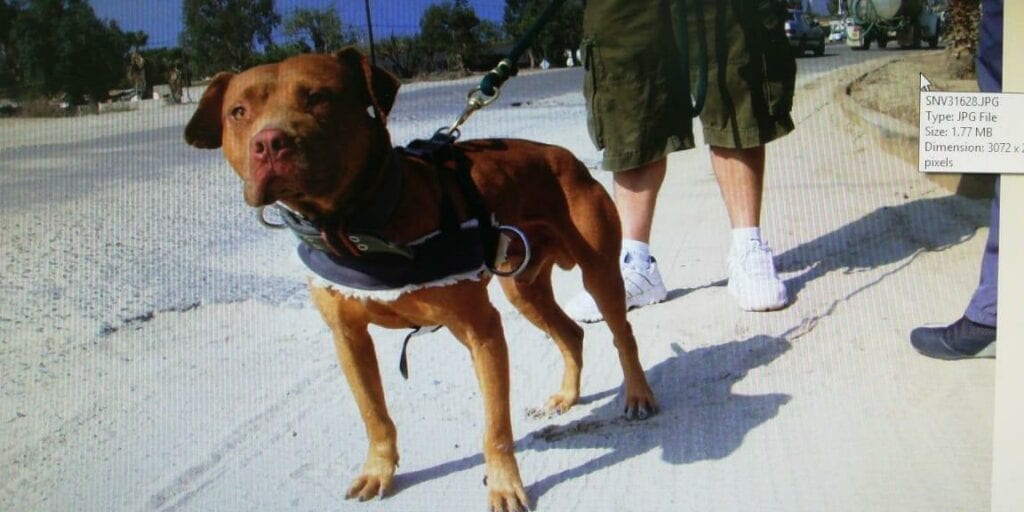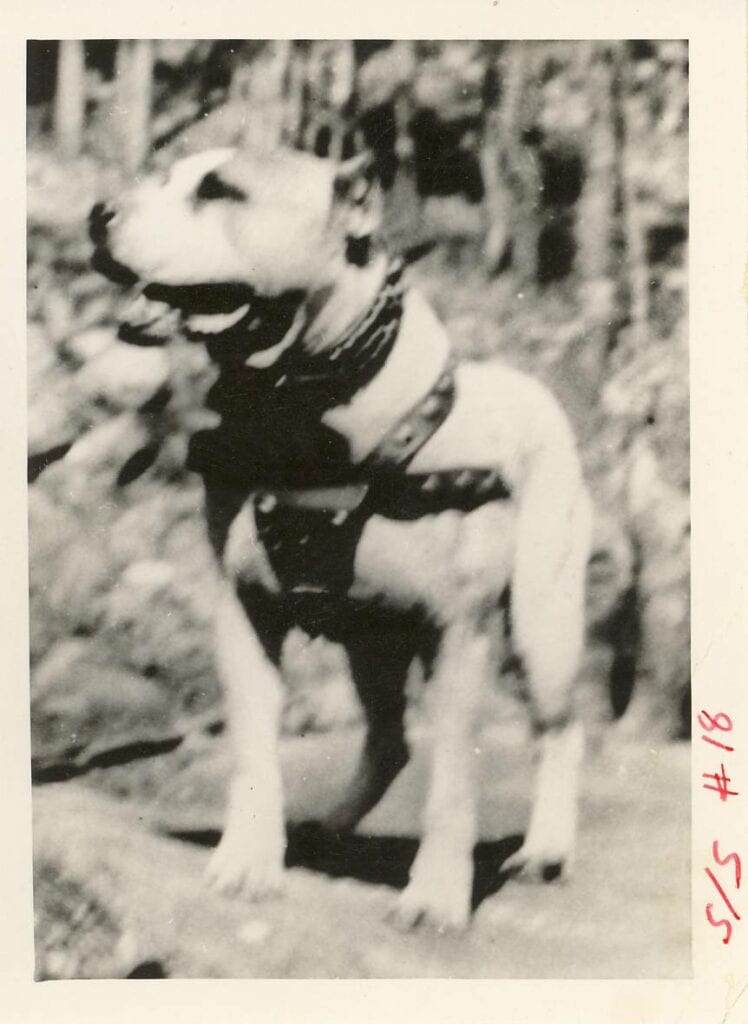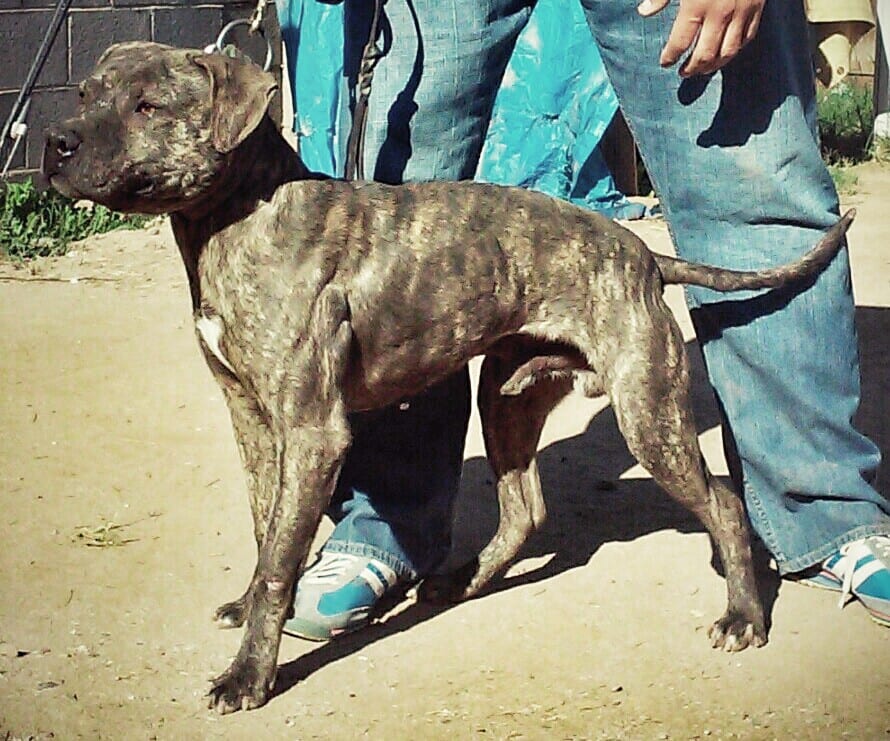Search Posts
Recent Posts
- The Long Goodbye January 18, 2024
- Once More Around the Mulberry Bush January 9, 2024
- The Wash December 28, 2023
- The Truth About Carver Dogs December 1, 2021
- The Question of Pain November 9, 2021
Categories
Subscribe!
Thanks for subscribing! Please check your email for further instructions.
Arms Race
The ridiculous arms race that went on between America and the soviets for many decades has been used as a model by biologists for understanding all the different elements that drive organic evolution. For example, starfish feed on shellfish, and shellfish develop senses that can detect starfish and the ability to move out of their vicinity. This is all based on the idea that the shellfish that evade starfish will produce more progeny than those that don’t. Similarly, animals eat plants, and certain plants develop poisons that make them taste bad or can even do harm to the animals that feed upon them. Again, the plants that survive produce more young, and they will tend to inherit the characteristics that helped their progenitors to survive and to prosper. You get the idea.
A similar thing is going on in the breeding of pit dogs, and it has been happening for hundreds of years. Different breeding theories have been promoted and promulgated for ages, but one of the common characteristics down through the years has been that breeders have tended to want to breed their bitches to winners. Most of the time, the winners have been dogs that have won by being more game than their opponents. So gameness is probably the most heralded trait in a pit dog. But there is more to it than that.
In the old days, it was rare for a dog to come along with bone-crushing punishing ability. Such dogs would break down a game dog, even killing him in the pit if his owner didn’t concede the fight. Often such dogs never had to prove their gameness because they did all the punishing, and the matches didn’t last long. For that reason, breeders were reluctant to breed to such dogs, but they usually did anyway, and then, they often cursed the fact that they simply ended up with a bunch of hard biting curs. A common complaint was that such dogs would often ruin a good dog (i.e. a game one) and then quit. What they meant by “ruining†was knocking out teeth or doing some damage that would disable a dog as an effective fighter. Anyway, I have two points here. One is that breeders compromised their principles by breeding to dogs whose gameness had not been proven. Two is that the characteristic of hard biting or punishing ability was put into the genome of the strain and the breed.
Now, to be clear, hard bite or punishing ability is a relative term. We are only talking within the breed here. Compared to other breeds, the game Bulldogs were plenty formidable, but too often it seemed that the gamest dogs did not have good punishing ability. But they had other traits, very likely, that also helped them win matches. And, for that matter, not all the hard biters were curs either. But if the dog didn’t have to prove gameness, any curs he produced were blamed on him, and that was not always fair.
To be sure, there were some hard-biting dogs that did prove their gameness, such as Centipede and Galvins Pup—and breeders really flocked to them!
Punishing Ability
I think that the term “punishing ability†is used advisedly, as often it is more than just a strong jaw. Owen’s Tanner was a dog that had unusual shaking ability and a style that most dogs just couldn’t seem to solve. He would grab a dog by the ear and begin shaking, even banging the dog’s head on the tarp of the pit. He shook so hard that his opponent never got off the defensive, and was often disoriented.
There have always been a multitude of styles, and one example was Boomerang. He bore into the chest, pushing a dog into the side of the pit or getting him to the ground and boring in. White Rock had a similar style. Along the same vein, but different, was Bad Billy, owned by Bobby Smith, as he would get up underneath a dog and use his opponent’s own weight against him, as he lifted him in the air, lunging deeper and deeper into the chest.
Kern’s Red would be an example of another of the punishing dogs, as he was a true leg breaker. Those are rare, not only because it takes such power to do it, but a dog will usually take a dog off his leg by the nose. Red’s counter to that was to shake so fast and hard that he was a blur, and it seemed impossible for most dogs to get at his nose.
Tudor’s Spke was also known as a hard punisher, and he is often listed by old timers as the best dog they ever saw. But, of course, none of the people that listed best dogs were able to see them all. Spike was one of the dogs that made his sire Dibo so renowned. Other similar dogs were White Rock and Jeff, along with Blind Billy, all sons of Dibo. Tudor used to list his Black Jack, Jr., as the greatest punisher he had ever seen, although he was before Dibo’s time.

The Drivers
The driving, boring-in type of dog is a favorite of most pit dog men, especially if they are like the immortal Boomerang or White Rock. Seemingly, a dog can’t hold them out. I remember Floyd Boudreaux once commented that a pit dog should go forward. Armitage also commented that he preferred the do-or-die boring-in type of dog. This style works best if a dog has punishing ability. I’ve seen many a driver lose to a defensive dog, and to be clear, I’ve also seen many a defensive dog lose to a driver when the driver finally got to him. It can go either way. Floyd was also a great admirer of Going Light Barney, who was a defensive dog par excellence. However, Barney would punish a dog while holding him out, as he had powerful punishing ability. The driving dogs are often single-minded. They want into the chest, or they want back to the styfle. The best ones are versatile in what they will take anything as long as they get there. Examples of classic matches where the driver eventually won over a defensive dog would be Zebo against Greaser and Chamuco against a very good defensive dog that seemed to parry every attempt to get to him. However, Chamuco kept boring in past the hour mark with little success. But then, he finally got to his opponent, and he still had enough strength to do damage. It was just a little at first, but each time he got to his opponent, he made him a little slower, and Chamuco eventually triumphed.

Unbreakable
Another type of dog was the kind that seemingly could absorb punishment like a sponge and just let the other dog wear himself out working on him. Such dogs were usually big-boned, but there was more to them than just being indestructible. They usually always had a hold some place, enough to keep the other dog from driving in too deep. Such dogs seemed to have a built in sense of when the other dog was running out of steam. When they finally came to the top, they had the other dog at their mercy, as they were too tired to put up a defense.
Obviously, these types of dogs had a lot of endurance, too, and I must confess that there may not be many of this type that could win in today’s fast track of excellent dogs; however, you can be sure that today’s aces have a number of these dogs in their ancestry, and their traits are part of the genome of the breed. The funny thing is that some dog men love these types of dogs more than any other, as they are like a race horse that runs last until the final stretch when they pass the field.

Defensive Dogs
There have been more than a few seemingly unbeatable dogs that were, in fact, beaten, and it often happened at the hands of a defensive specialist. Such dogs are truly amazing, as they always able to grab an ear or get on the head some place and don’t let those hard biters get hold of anything but air. It sometimes seems as though they are walking a tight rope when going up against a known bone-crushing dog, as one slip, and it’s over. However, such dogs are very good at not letting a dog past their defense, always keeping the opponent in front of them, and if a dog does get a hold, they are very good at quickly getting them loose by prying them off by the nose. The funny thing is that a lot of dog men don’t like these kinds of dogs, as they think that they may lack gameness because they don’t want to get hurt. However, style seems to have little to do with whether a dog is deeply game or not.
While I’m on the defensive dogs, let me briefly object to the term “face dogs,†a term that has come into use recently. It sounds bad. And it’s factually inaccurate. Technically, dogs don’t have faces. That is a term reserved for primates. “Head dog†is a more appropriate term, and such dogs grab just about any place on the head, from the muzzle to the ears, not to mention right in the eye area. However dogs rarely lose eyes, as a dog’s eyes are tough and they have room to move in response to pressure. I doubt that a dog ever deliberately goes for the eyes. There are just some that are particularly handy about getting a hold in that area of the head.

Versatile Dogs
These are the ultimate dogs. They are able to utilize any fighting style, and they have an uncanny ability to analyze the other dog’s fighting style and to figure out a way to counter it. These are very smart dogs, and this is where selection for intelligence inadvertently comes into play. That is, everything else being equal, the smartest dog wins. So intelligence is not being deliberately sought out, but it is part of the package of our best dogs. In any case, these are the ones that look downright flashy in the pit, with complex maneuvers and fancy footwork. Grand Champion Hope was a good example of this type of dog. So was Rocco, and Grand Champion Titere, a dog that is admired internationally, would be like the modern-day Billy Sunday.

Most of the aces are of this type. They are, in effect, the sum total of all of the other fighting styles. At least, they seem to be able to utilize any of the styles as needed. When you think about it, all the successful styles—and it is amazing how many there are, for I have certainly not listed all of them here—have become part of the makeup or the genome of the game-
bred dogs.
Game Dogs as Pets
Suspicious outsiders wonder why it is that breeders are so eager to breed to a well known pit champion or to a game-bred line. Well, the short answer is simple: they are the best dogs! They’re not for everyone, of course, but they make the best all-around pets. They’ll never poop out on a hike or any other vigorous activity, and they are full of fun and adventure. And they are good with people. That is unusual for a performance breed, and it is nearly unthinkable to the general public, as they automatically think that fighting dogs must be vicious with people, too—even though there is no real reason for thinking that! It is just part of our nature to not question things and to assume the unreasonable.
For hundreds of years, our breed was but little known, and those were better days, actually. The breed’s reputation is an ugly one, but real dog experts know the breed to be one of the best in a general way—and, of course, it is the best in one specific way: the best fighter of all time. And all of its qualities have come down from an arms race of sorts, as we breed to the best pit dogs of our days.
Great article how do Kangals and other mountain dogs feature in the world of the canine gladiator ?
I don’t know of any that have been tried against Bulldogs. Most of the owners have fanciful claims with no real evidence.